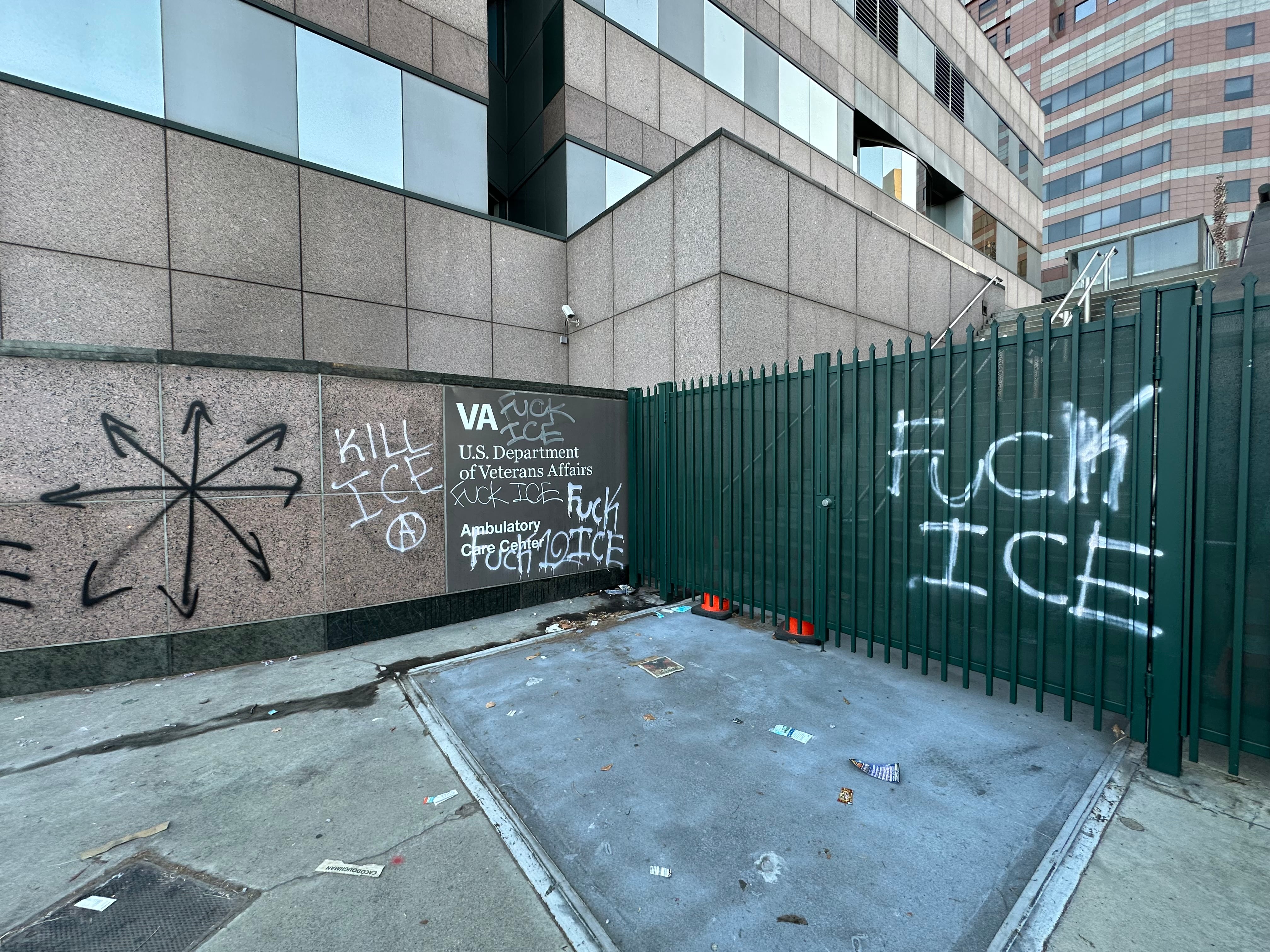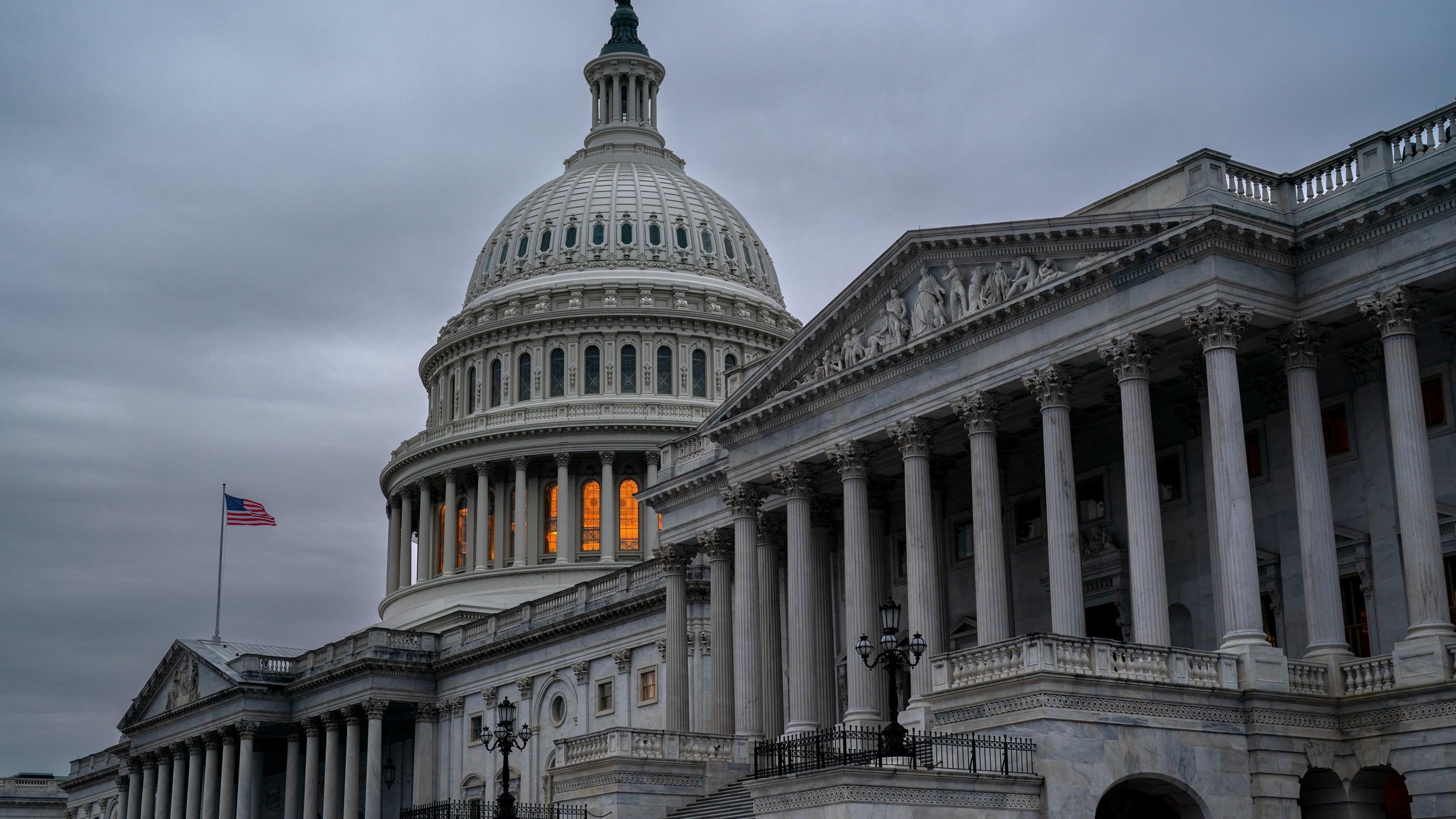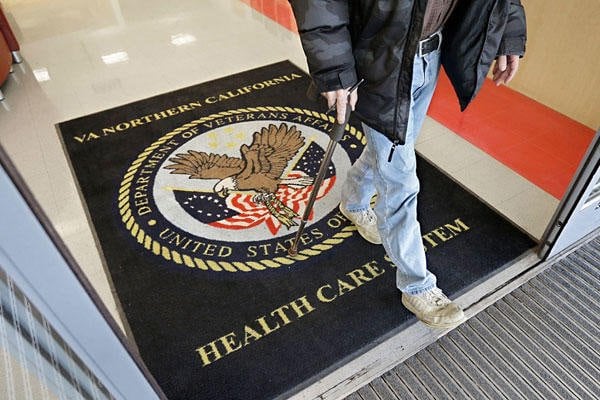Along with many Americans, COVID-19 has dealt a blow on veterans' and their families' health. But the economic impacts have hit our community hard and have garnered far less attention.
When 2020 began, the veteran unemployment rate was 3.5 percent. Then COVID-19 struck.
Today, the veteran unemployment rate sits at 6.4 percent, lower than the nonveteran unemployment rate of 7.9 percent. However, a closer inspection shows the pandemic isn’t affecting all veterans equally. Post-9/11 veterans (7.5 percent) and younger veterans ages 25-to-34 (9.4 percent) are experiencing higher rates of unemployment. So too, the Black veteran unemployment rate sits at 7.8 percent, strikingly higher than that of white veterans (6.1 percent).
While veteran unemployment is trending down in recent months, we shouldn’t necessarily take comfort. Before COVID struck, experts were concerned with signs of persistent underemployment, veterans employed in jobs below their qualifications. Underemployment remains a significant problem, as veterans may take jobs in reopening low-wage sectors to meet their financial challenges.
We still know little about the long-term economic impacts of COVID on veteran economic opportunity. Importantly, we know even less about veteran and military spouses. Before COVID, our research suggested that spousal unemployment and underemployment were major issues. Preliminary data suggest these problems have only been exacerbated under the pandemic.
Data from our Military Times COVID poll show some groups of veterans are harder hit than others. More than half (54 percent) of female veterans reported needing mental health support, compared with nearly 1 in 3 (31 percent) male veterans. We know women veterans are more likely to be balancing child care responsibilities with work and finances. These intersecting stressors are likely contributing to the disparity of mental health needs between men and women.
Our research also showed increased needs among minority veterans and veterans of color. Minority veterans reported greater levels of need across every single resource category we surveyed, including housing, financial assistance, food and childcare.
These data are concerning, but they also shed light on what more we can do to support our military-connected community.
First, we must remain committed to supporting dislocated and unemployed veterans and helping them regain meaningful employment. We need training programs that are aligned with the future economy to help veterans and their spouses find careers in growing sectors such as STEM. Programs should be expanded for unemployed veterans now, but also for the long term, as transitioning service members move into an economy that will remain tough for the foreseeable future.
Second, we need to engage our communities in the effort to support veterans. The VA alone cannot support the whole economic health of veterans and their families. More than a dozen communities across the nation have built coordinated networks of social and human services — alongside VA — to assist veterans as they navigate local support. Our data show that when organizations work together, they can meet many veteran needs at once. Requests for services like food, financial assistance, and housing have spiked since the onset of the virus — with many veterans experiencing multiple needs at once.
This may seem concerning, but it is also confirming. Communities stand ready to do more and are capable of meeting the challenges that result from COVID-19′s collateral damage. Recently, the president signed into law the Commander John Scott Hannon Veterans Mental Health Improvement Act of 2019. In this bill is a grant program to community-based organizations that provide and coordinate suicide prevention services. This is a giant step forward for veteran services. Yet, suicide prevention is but one of many complex issues on which communities can partner through greater coordination.
Fortunately, there is new legislation that builds on the momentum of the Hannon Act. First, the Veteran Economic Recovery Act includes a job training program aligned with growing sectors of the economy. It also provides grants to organizations that provide and coordinate multiple military-to-civilian transition services at once. This bill offers both opportunities for veterans to re-skill in an evolving economy and resources for communities supporting the multiple needs of veterans and their families.
A second bill introduced in the House, the SERVE Act, recognizes the value veterans can bring to our nation’s response to COVID-19. The bill aims to expedite credentialling of veterans with medical military training to join the health workforce in response to COVID-19.
In all, these pieces of legislation signal meaningful change. But they are only the start. We must continue to work toward cross-sector, whole-of-nation approaches to tackling these challenges. In our communities and across our economy, veterans are assets ready to be leveraged in support of our nation’s recovery and resurgence.
Dr. Nick Armstrong is the senior director for research and analytics at the Institute for Veterans and Military Families (IVMF), and adjunct faculty in the Maxwell School of Citizenship and Public Affairs at Syracuse University.
Editor’s note: This is an Op-Ed and as such, the opinions expressed are those of the author. If you would like to respond, or have an editorial of your own you would like to submit, please contact Military Times managing editor Howard Altman, haltman@militarytimes.com.





